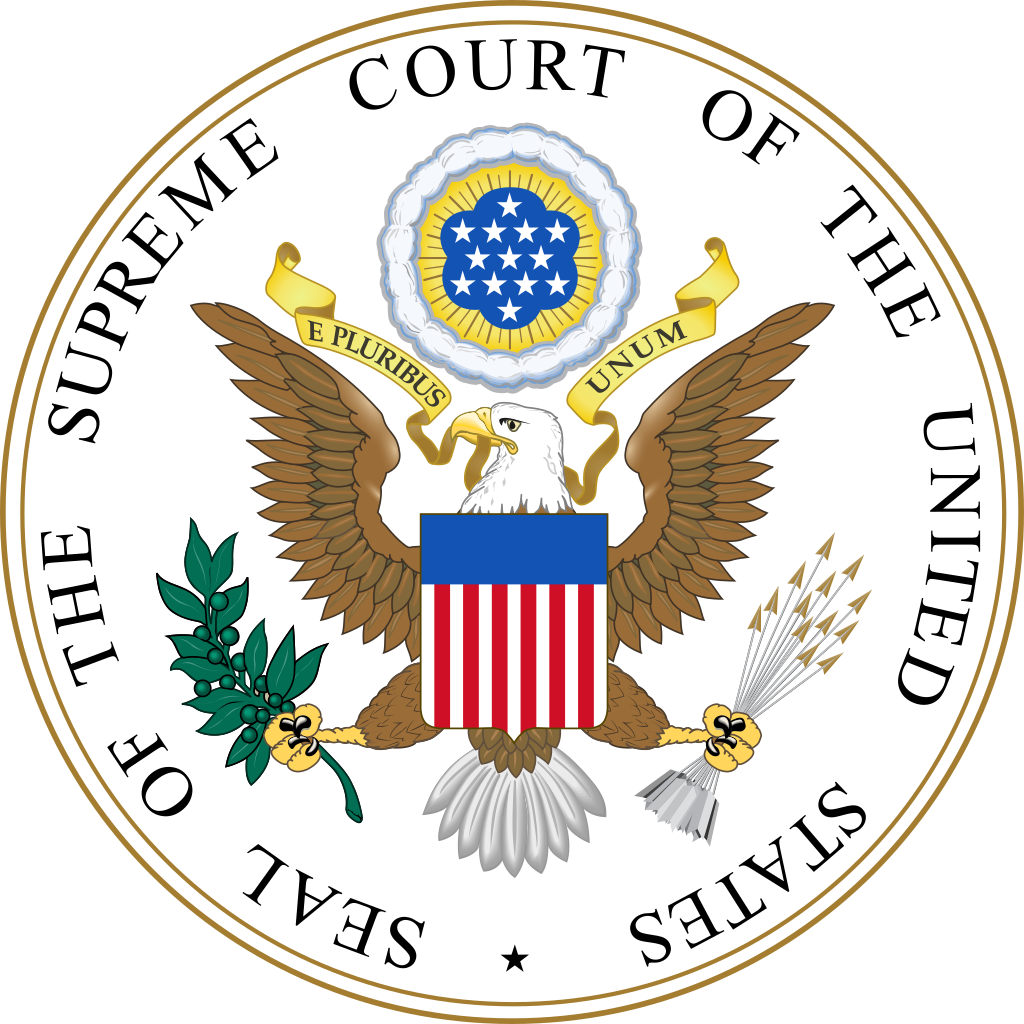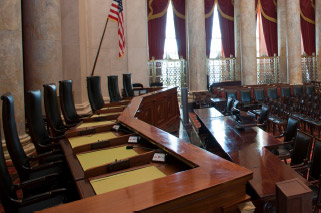
By Rafaela Prifti/
On Thursday the Supreme Court issued its ruling that upholds the DACA program.DACA which stands for Deferred Action for Childhood Arrivals was enacted in 2012. It allowed young people raised in the US without legal immigration status to renew authorizations to live and work in the US, although it did not provide a path to citizenship.

According to national immigration data, in states including California, Washington and New York, Dreamer activists pushed for laws that made it possible for them to get driver’s licenses and to qualify for college loans and reduced tuition programs. As of September 2019, roughly 700,000 people were in the DACA program, including doctors and teachers. President Trump has expressed his support of the population shielded from deportation. In his presidential Tweeter account in September 2017, he posted: “Does anybody really want to throw out good, educated and accomplished young people who have jobs, some serving in the military? Really!” In 2017, the administration sought to end DACAon the grounds of it being “implemented illegally by Obama in 2012.”President Trump defended the contradictory position by claiming that eliminating the program would force Congress to reach a deal that supported Dreamers.While the issue received little attention in Congress, the legality of the program was litigated in lower courts. Those courts decided to allow the program to continue but only for the people who were already receiving it. When the case reached the Supreme Court in 2019, the first question before it was fundamentally whether the nation’s highest court had the jurisdiction to review or make a ruling on the issue. The oral arguments at November 2019 hearing determined that it did.
Today’s justices ruling of 5:4 blocked the administration from ending the program that grants temporary protection from deportation to the undocumented immigrants who were brought to the country as minors. With regard to the issue of government rule-making,the Supreme Court ruled thatthe decision of the administration to end the program for undocumented immigrants was invalid.
Reportedly, the effort to seek protections for this population emerged two decades ago, with the introduction of the Dream Act (Development, Relief and Education for Alien Minors Act) in 2001 by US Senators Dick Durbin and Orrin Hatch. For the next 20 years, Congress repeatedly tried and failed to pass different versions of the legislation. In the meantime, an influential movement to secure protections for this group, known as Dreamers,have advocated on the state and federal level.